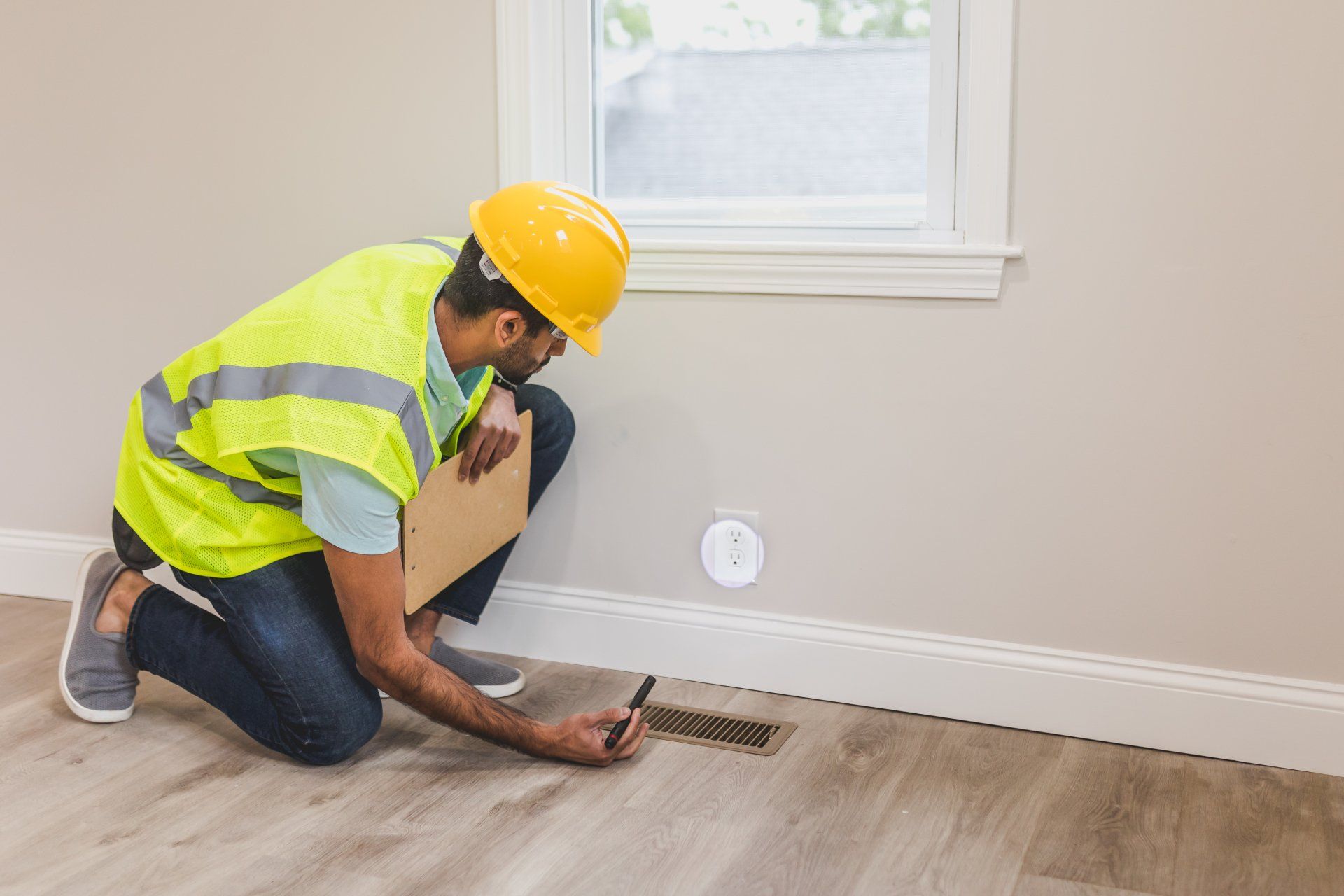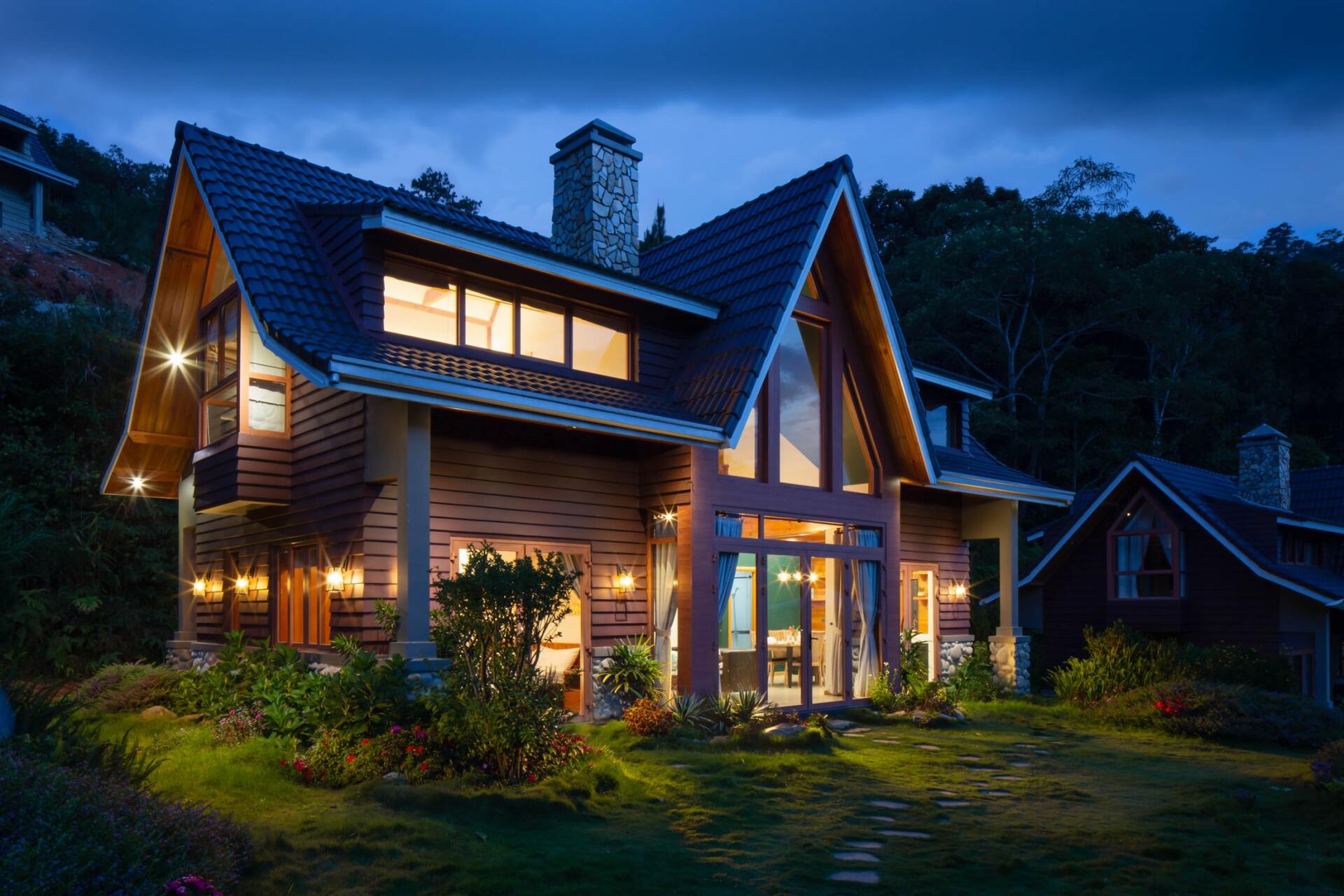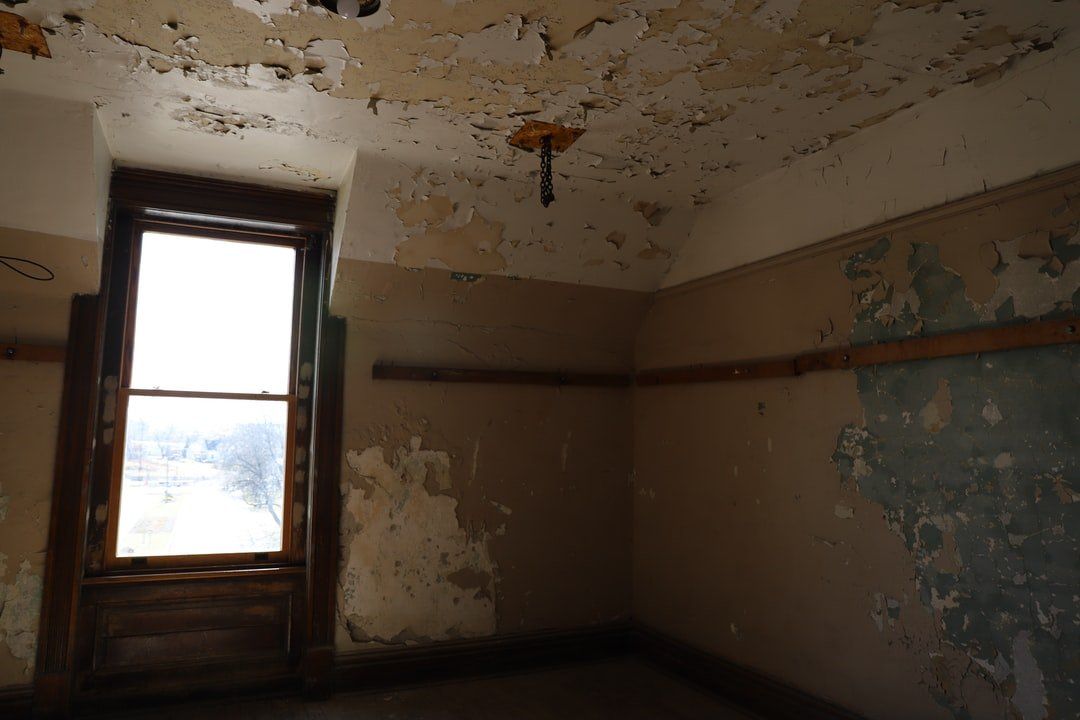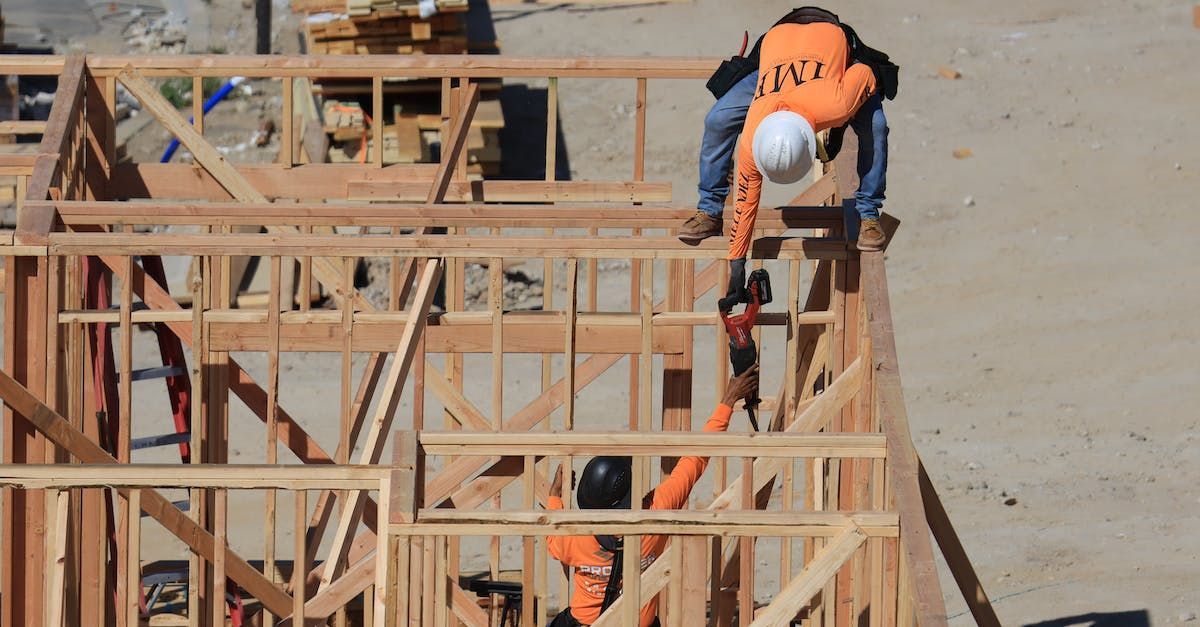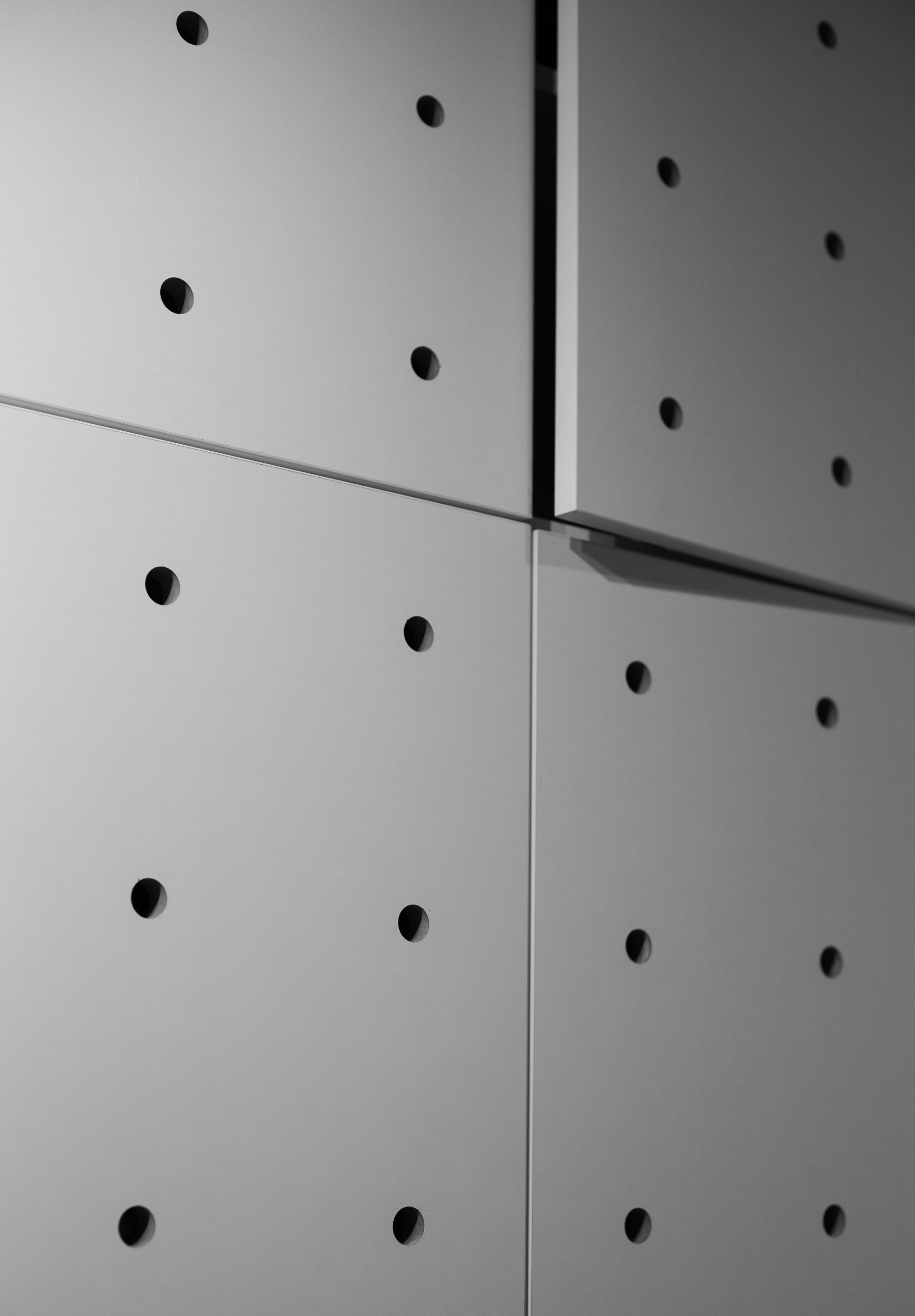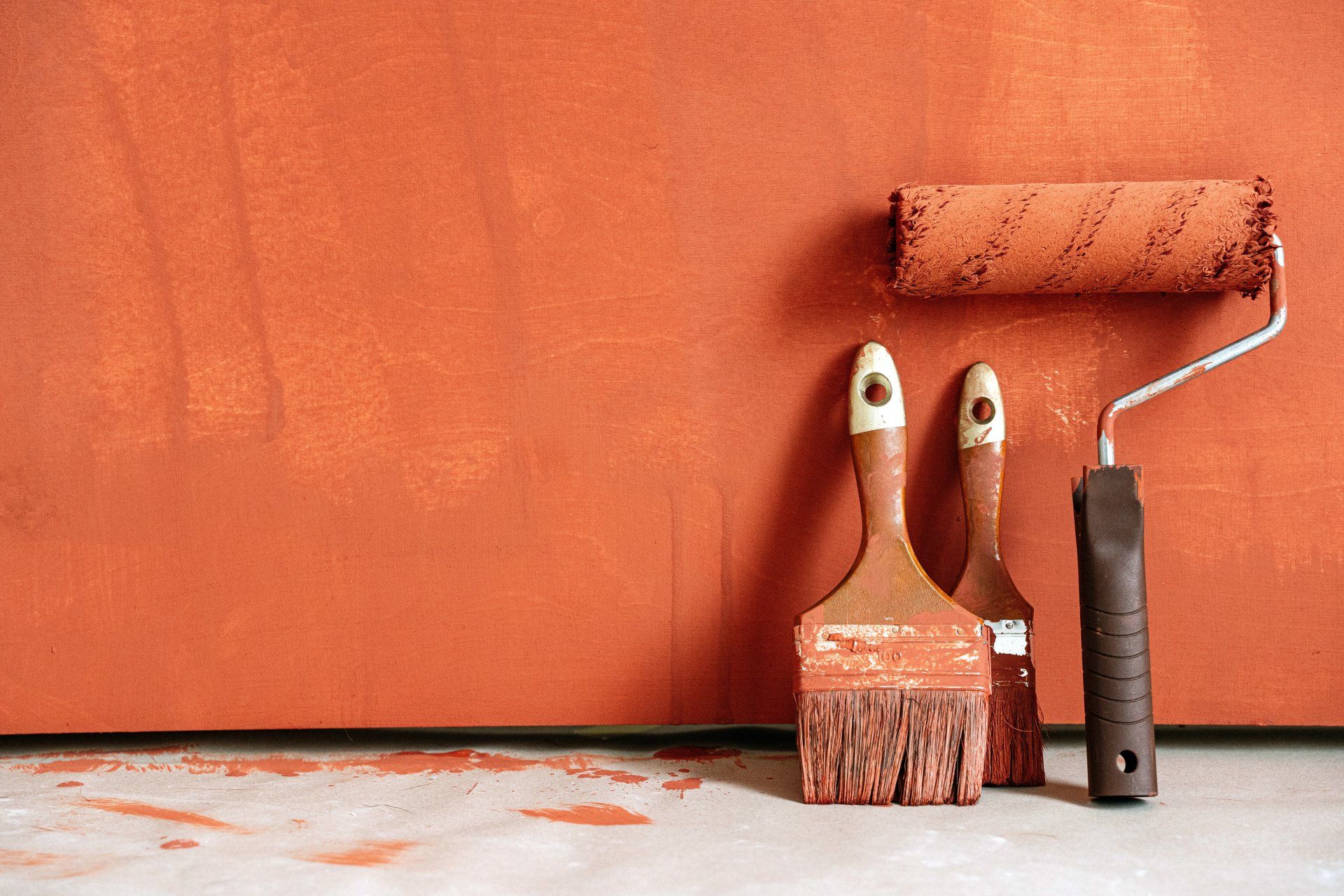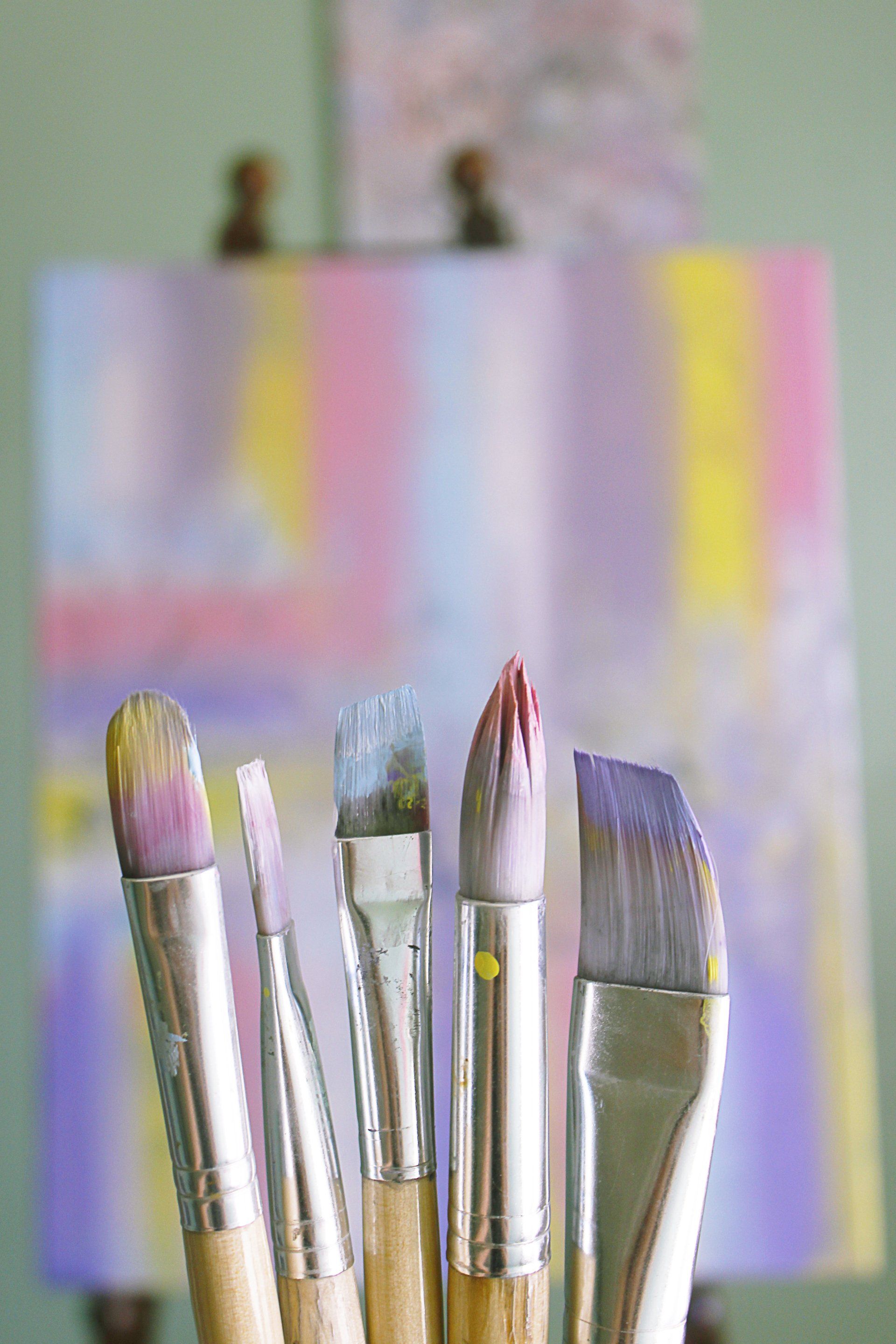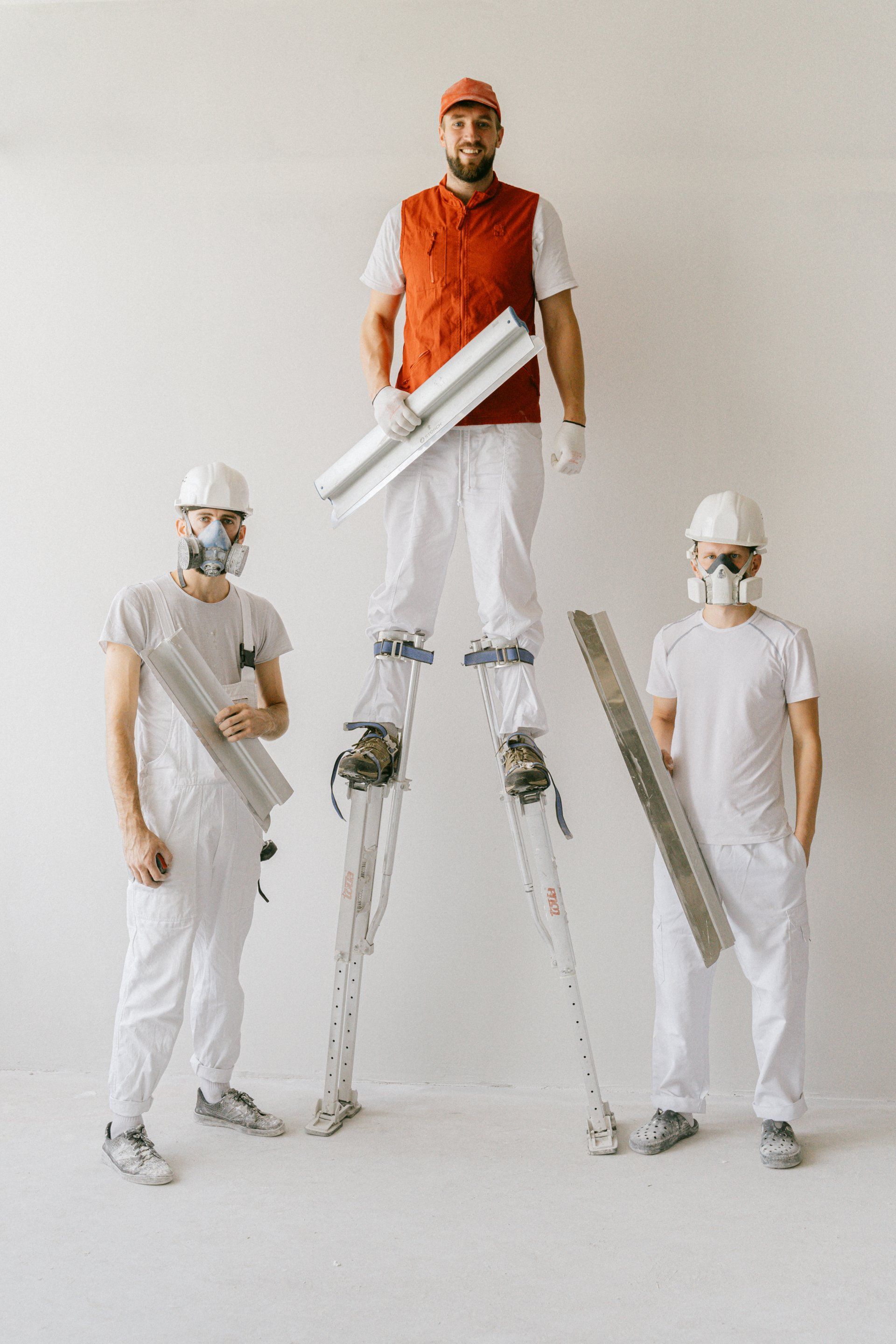The Art of Drywall & Painting: Transform Your Space with Expertise
"Enhancing Your Living Environment: Drywall and Painting Mastery"
Drywall and painting are two essential components of any interior design or renovation project. Whether you're giving your home a fresh look or repairing damaged surfaces, these two processes go hand in hand to create a polished and inviting space. In this comprehensive guide, we will delve into the world of drywall and painting, covering everything from the basics to finding the best drywall and paint repair services near you. By the end of this article, you'll have a thorough understanding of how these tasks work together to rejuvenate your living environment.
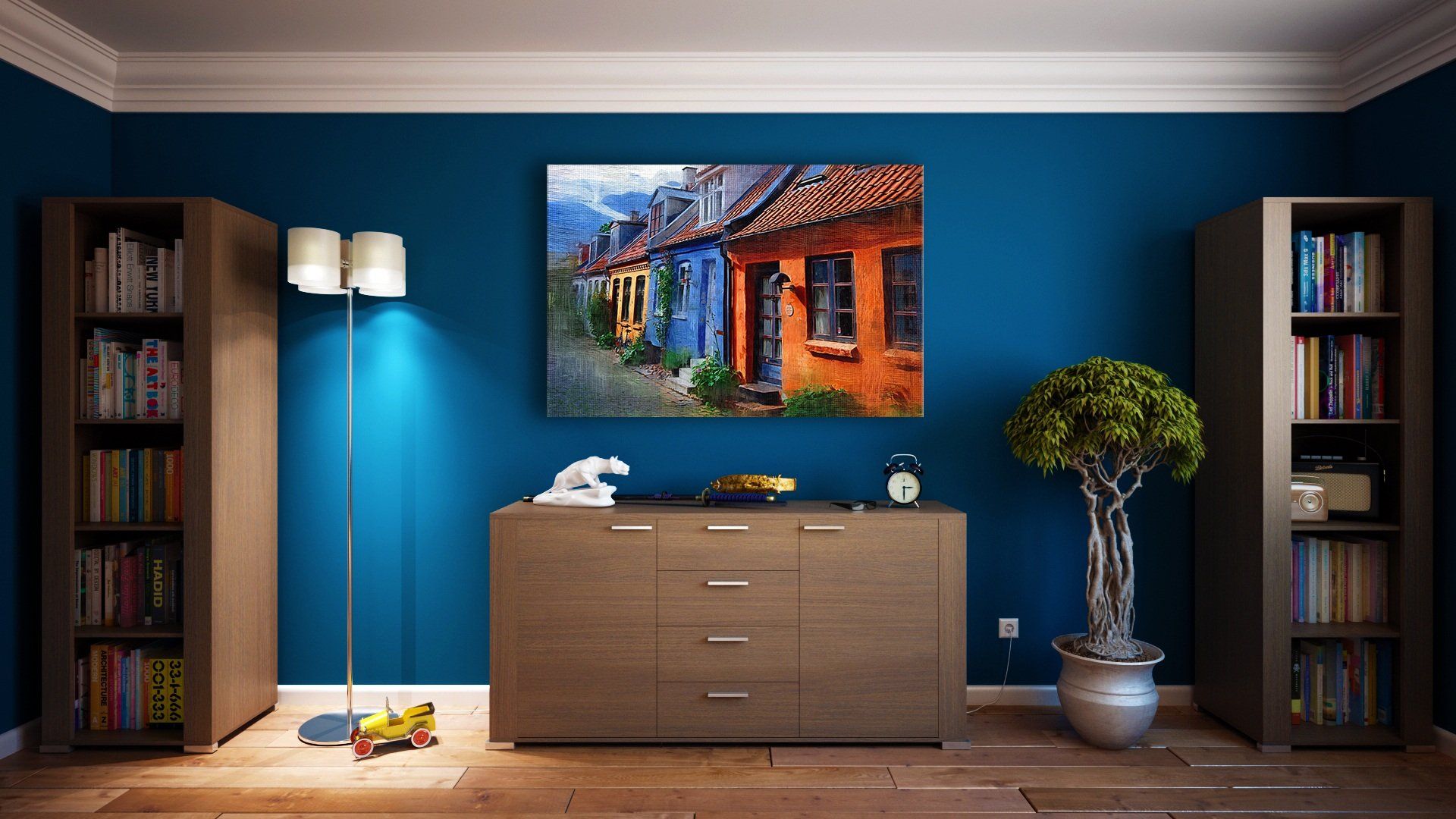
I. The Basics of Drywall
Drywall, also known as gypsum board or sheetrock, is a popular building material used for interior walls and ceilings. It's a versatile and cost-effective choice due to its ease of installation and finishing. Drywall comes in different thicknesses, but the standard size is usually half an inch thick, making it suitable for most residential applications.
Installation of Drywall
The process of installing drywall involves the following steps:
a. Measuring and cutting the drywall panels to fit the desired area.
b. Attaching the panels to the wall or ceiling studs using screws or nails.
c. Taping the seams and covering the screw or nail heads with joint compound.
d. Sanding the joints and compound until they are smooth and even.
e. Applying primer to prepare the surface for painting.
Drywall Repair
Over time, drywall can develop cracks, holes, or other types of damage. Drywall repair is a crucial skill for maintaining the integrity and appearance of your walls and ceilings. Common issues that require repair include:
- Small holes and dents from furniture or accidental impacts.
- Water damage, such as stains or sagging caused by leaks.
- Cracks due to settling or temperature fluctuations.
II. The Art of Painting
Once the drywall is in place and properly prepared, it's time to move on to the painting phase. Painting is where you add color, personality, and style to your space. Let's explore the key aspects of painting:
Choosing the Right Paint
Selecting the appropriate paint for your project is essential for achieving the desired result. Consider factors such as the type of surface, room usage, and your preferred finish (e.g., matte, satin, semi-gloss, or high-gloss). Quality paints come in various formulations, including latex and oil-based, each with its advantages and disadvantages.
Surface Preparation
Before applying paint, the surface must be clean, dry, and free of imperfections. This typically involves:
- Cleaning the walls to remove dust, dirt, and any residues.
- Patching any remaining imperfections, such as small holes or cracks.
- Sanding to create a smooth surface and remove any loose paint or texture.
- Applying primer to ensure paint adhesion and even color coverage.
Painting Techniques
The actual painting process requires skill and patience to achieve a professional finish. Here are some essential painting techniques to keep in mind:
- Use a high-quality brush, roller, or sprayer for consistent coverage.
- Apply paint in even strokes, maintaining a wet edge to avoid visible brush or roller marks.
- Allow sufficient drying time between coats.
- Be mindful of temperature and humidity, as they can affect paint drying and adhesion.
III. The Marriage of Drywall and Painting
Drywall and painting are closely intertwined processes that rely on each other to create a flawless finish. Here's how they work together:
Surface Preparation
Both drywall installation and painting begin with surface preparation. Drywall installers ensure that the wall or ceiling is smooth and ready to receive paint. They tape and mud the seams, sand the joints, and prime the surface. This preparation is crucial to achieving a polished final result in the painting phase.
Repairing Damaged Drywall
In many cases, drywall and paint repair go hand in hand. If your walls or ceilings have imperfections, such as cracks, holes, or water damage, a skilled professional can repair the drywall and seamlessly blend it with the surrounding surface. Once the repair is complete, they can move on to painting, ensuring a consistent appearance throughout the space.
Prime and Paint
Before painting, applying a primer is essential. Primers not only promote paint adhesion but also provide an even base coat that enhances the final color's appearance. Skilled painters know the importance of choosing the right primer for the specific surface and paint type. Proper priming ensures that the paint adheres well and looks vibrant.
Professional Finish
The expertise of professionals in both drywall and painting ensures that your space receives a complete drywall and painting treatment. They understand the nuances of surface preparation, drywall repair, and painting techniques. This comprehensive approach results in a seamless, long-lasting finish that enhances the aesthetics of your home or office.
IV. Finding Local Drywall and Paint Repair Services
Now that you appreciate the synergy between drywall and painting, you may be wondering where to find Local expert services for drywall and paint repair. Here are some steps to help you locate the right
professionals:
Ask for Recommendations
Start by asking friends, family, or colleagues for recommendations. Personal referrals can provide valuable insights into the quality of service and workmanship you can expect.
Search Online
The internet is a powerful tool for finding local contractors. Use search engines, directories, and review websites to identify drywall and painting professionals in your area. Be sure to read reviews from previous customers to gauge their reputation.
Check Credentials
When you've narrowed down your options, verify the credentials of the contractors you're considering. Ensure they are licensed, insured, and have the necessary experience in both drywall repair and painting.
Request Quotes
Contact multiple contractors and request detailed quotes for your project. Compare the estimates, taking into account the scope of work, materials, and labor costs. Keep in mind that the lowest price may not always guarantee the best quality.
Ask for References
Reputable contractors should be able to provide references from satisfied clients. Contact these references to inquire about their experience working with the contractor and the quality of the finished project.
Visit Completed Projects
If possible, visit some of the contractor's completed projects to see their work in person. This can give you a better sense of their attention to detail and the overall quality of their craftsmanship.
Conclusion
Drywall and painting are integral parts of any interior design or renovation project. Whether you're completing a drywall and painting project or in need of drywall and paint repair services near you, understanding the basics and finding skilled professionals is key to achieving a polished and inviting space.
By appreciating the synergy between these two processes, you can ensure that your walls and ceilings are not only structurally sound but also aesthetically pleasing. With the right combination of drywall expertise and painting finesse, you can transform your living environment into a work of art that reflects your personal style and enhances your overall quality of life.
All Rights Reserved | Burleston Drywall Contractor
